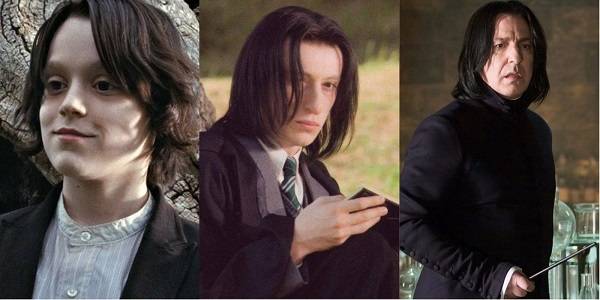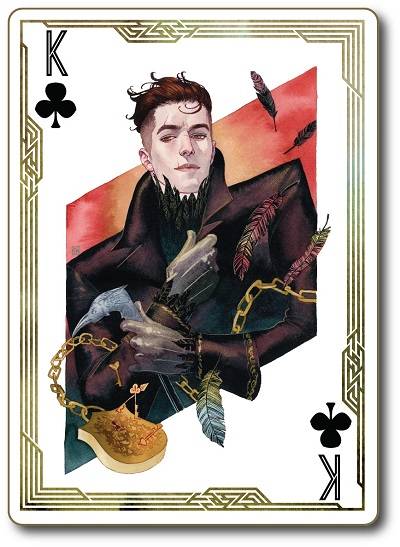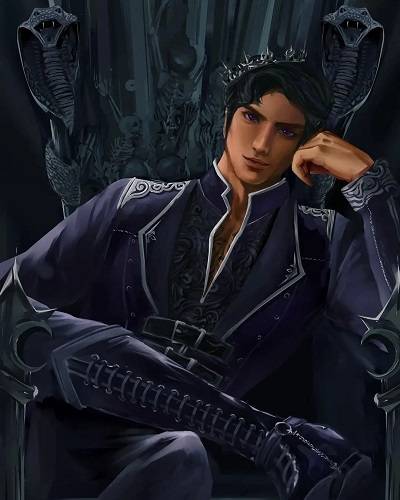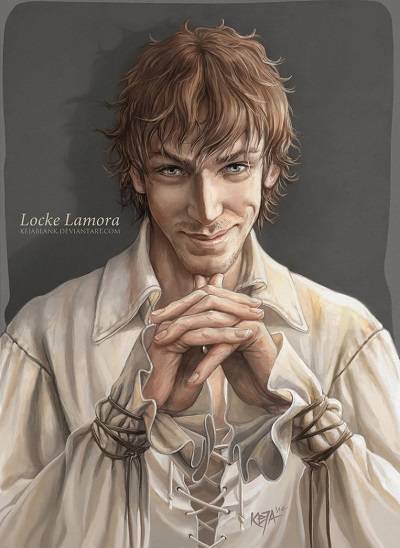Gone are the days when characters used to be completely good or downright evil. Nowadays, readers love books about characters living in the grey area between black and white. For example, there are sympathetic villains who are obviously evil but evoke sympathy in readers. Then there are the anti-heroes, who take the crooked path to achieve something good, and anti-villains, who exhibit heroic traits but are still clearly the bad guys. And there are also the pragmatic idealists, who uphold their morally pure image, but won’t hesitate to break some (or many) rules to maintain that!
You know what all these have in common? The grey area they reside in; it makes them morally grey characters. These types of characters are neither good nor evil. They don’t carry out enough noble deeds to be considered a hero or commit enough crimes to be a villain. These characters have a set of motivations and intentions behind their actions, which the author keeps under wraps for the longest time. Why? Because revealing what drives their actions can lift them up from that grey area and make them tip to either side of the line.
Examples of Morally Grey Characters
When one talks about morally grey characters, one of the first people that comes to mind is Severus Snape. This beloved anti-hero from J.K. Rowling’s Harry Potter series is the quintessential example of morally ambiguous. It’s because his behaviour throughout the series is mysterious and questionable. Whatever he does can be perceived in dual ways – for example, some may say he did his best to protect Harry, while others may claim his ways of doing that were simply appalling. It is only at the end that his real intentions are revealed, and that still makes him more complex to understand.
To take another, more recent example, then that is Kaz Brekker. He is the (anti-hero) protagonist of Six of Crows duology by Leigh Bardugo. Having a criminal as the main character is in itself questionable, and his personality effectively puts him in the morally grey category. For starters, he is very clearly the bad guy. He plans out high-stakes criminal activities, usually incorporating dirty methods to do what he needs to do. But there is a tragic backstory – full of childhood trauma, a life of disability, betrayals, and revenge – which makes him much more than a mindless, unlikable villain.
To shed more light on his nuanced personality, Kaz is loyal and protective of his crew, follows a set of (good) ethics, and is driven by motivations that cater to his personal gains as well as his feelings of injustice and revenge. Between the two books, Bardugo gives him ample space to go through character development, where he successfully overcomes some of his past traumas. But then again, Kaz never abandons his criminal life, making him one of the best anti-heroes, morally complex characters.
Other similar characters are Bruce Wayne (Batman comics), Tyrion Lannister (A Song of Ice and Fire, George R.R. Martin), and Rhysand (A Court of Thorns and Roses, Sarah J. Maas).
Why are these characters so popular?
Morally grey characters are popular among readers for many reasons. One of the biggest ones is the realistic depiction of the human psyche through these people. Real people are a mix of good and bad, influenced by their past and present experiences. These characters, thus, become relatable; readers glimpse their own lives in the pages of the books. This level of familiarity forges an emotional connection with these characters, which, in turn, helps to look over their problematic side.
Another reason behind their likeability is how they can evoke empathy in you and the world. Their often-tragic backgrounds pull at your heartstrings, also reminding you of your own experiences. This makes the morally grey characters more nuanced, which reflects in the plot as well, making it a narrative with layers.
You will also notice that morally grey characters love to subvert tropes with their mere presence. For example, this type of character makes villains charming and noble, as well as makes heroes dark, crooked and even reluctant to be heroic. Stepping out of the stereotypical box is always refreshing, but morally grey protagonists make it look so much more appealing!
How to make your character morally grey?
Everyone knows about this term, even throwing it casually in their book reviews and discussions. As opposed to the talks, though, it takes absolute hard work to write such a complex character and make the readers like them. But if you are looking for some help, you are at the right place! Read along to get some tips to write your morally grey character:
- Give morally grey characters a reason to be morally grey:
You are never supposed to make the character anything to make them fit the story. They must have a reason to be like that, may it be a recluse heroine or the chosen one. The same goes for morally grey characters – they will only become believable if they have an airtight reason to act like that.
For example, your character was a good person before but became evil because the world was not never kind to him. Or your protagonist has to dabble in a criminal lifestyle from time to time to protect her loved ones. You can twist this type of character any way you want; as long as they have a reason, you are good.
- Reveal their mystery slowly:
For morally grey characters, you don’t have to make them appear magically out of thin air to make them mysterious. But you must put a lot of thought into their personality. Flesh them out as much as possible at first. Why? Because if you know them, it is easier to make their nature reveal gradual and mysterious.
For example, if they are an innocent heartthrob in one scene, you can make them do the exact opposite in the next. Contradictory actions can make readers question their true intentions and true self. More ways to maintain that air of mystery around them is by giving them unusual quirks, cryptic ways of talking, and complicated relationships with people around them. ‘
- Allow them to take drastic decisions:
What sets morally grey characters apart from the usual ones is their ability to make hard decisions. For example, other characters won’t harm an innocent person, even if it’s necessary for the greater good. Or they would hesitate to betray their loved ones to save themselves from a sticky situation. But you won’t find that kind of hesitance in these characters – they will take that difficult decision with maybe a tiny amount of remorse.
To make them work, you can make your character cross that moral line from time to time. Don’t let them tilt to the good or the evil side completely; let them do an equal amount of good deeds and immoral work – the readers will eat that up!
- Give them flaws but make them redeemable:
Morally grey characters have flaws – and that’s precisely why readers shower them with love. But the way these flaws come forth in the story should be interesting, believable and relatable. For example, you can give them trust issues that make them unable to form close relationships or toxic overprotectiveness that sour everyone’s mood around them.
The task of making such flaws redeemable is a tricky one, but one you can tackle easily. Firstly, your morally grey characters should realize their weaknesses are problematic and actively work on them. Another great way is to make the other characters react in horror to their flaws, which leads them to some serious character development. Make sure that their flaws are not swept under the rug – the readers will definitely thank you for that!
Final Words
Morally grey characters are not everyone’s cup of tea, simply because many readers favour firm, traditional archetypes over these fluid, ambiguous characters. Because, with them, you can never be team good or team evil – you will be perched on the fence as they string you along. But the journey to discover and come to adore them is exciting, making you come back for more.
Now that you know how to write these fascinating characters, your character can join ranks with Jorg Ancrath, Locke Lamora, and Baru Cormorant!





